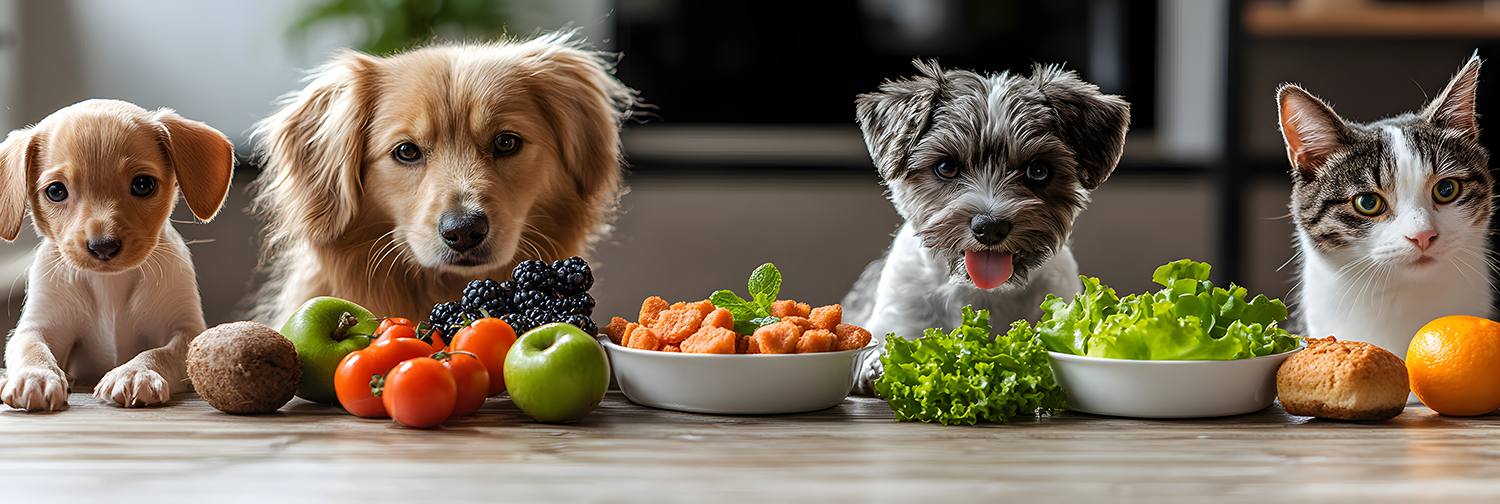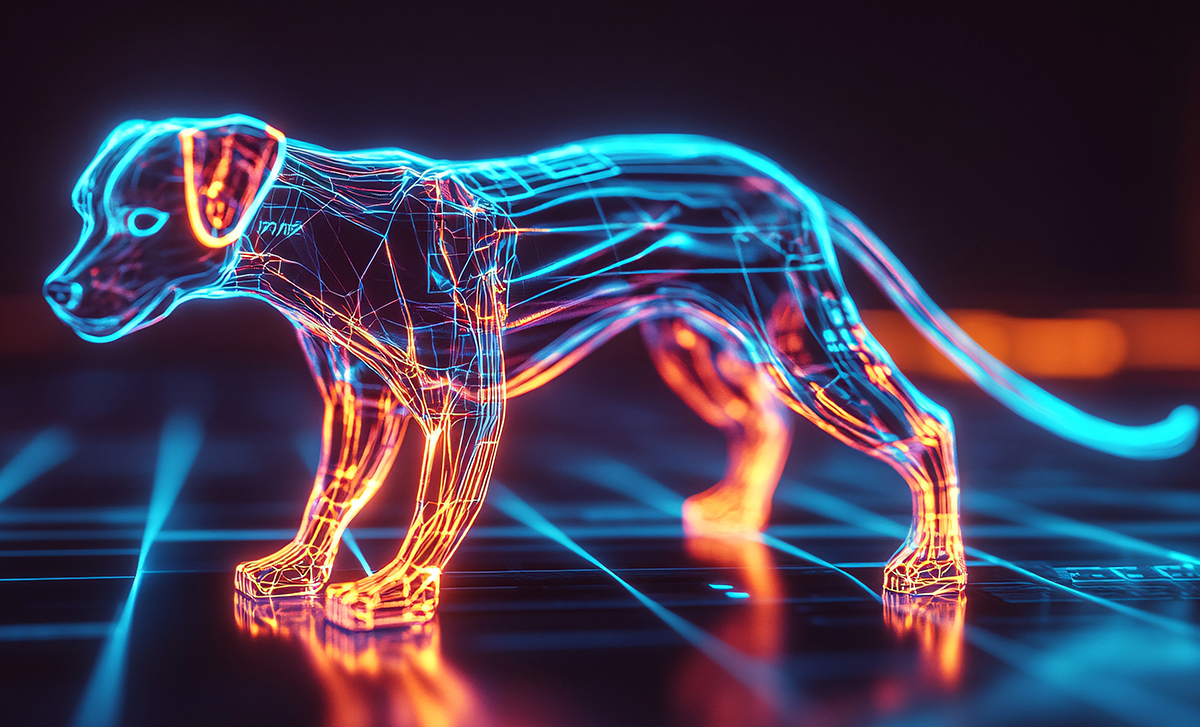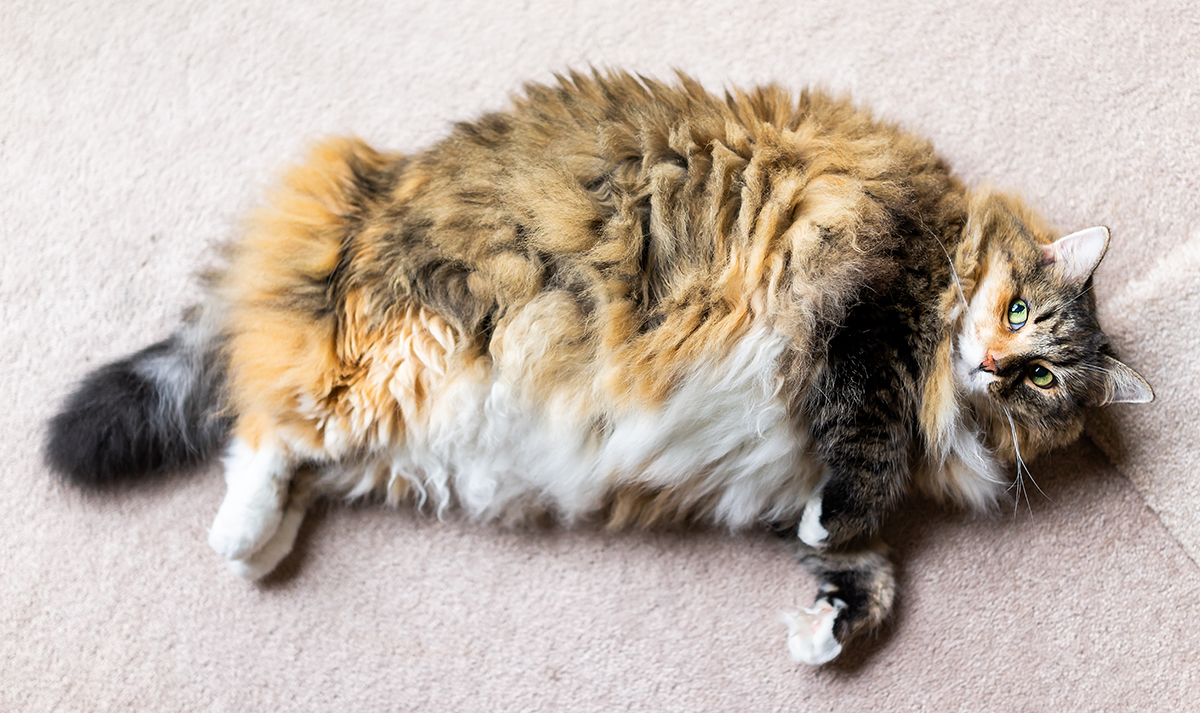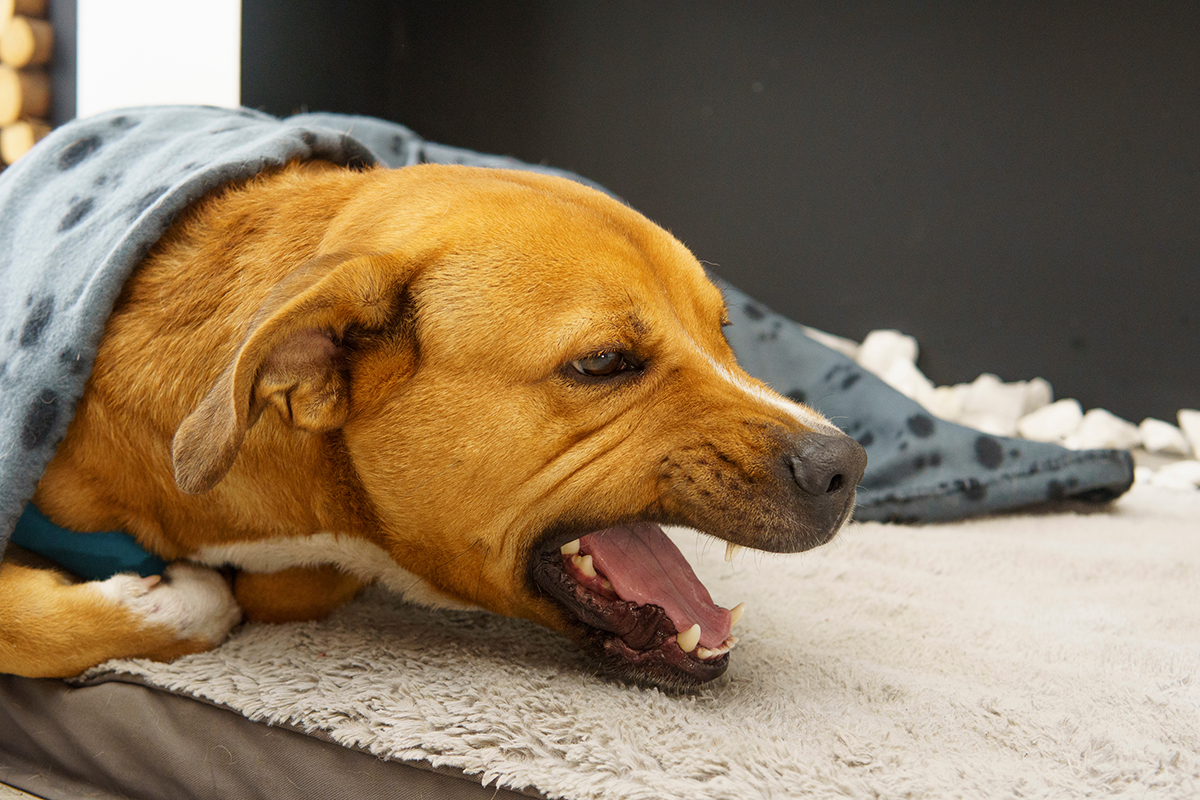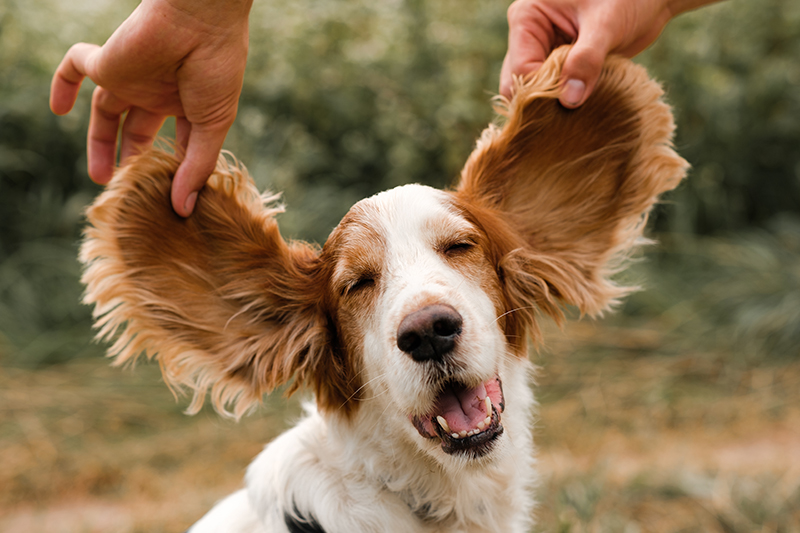Manage Your Dog’s Weight
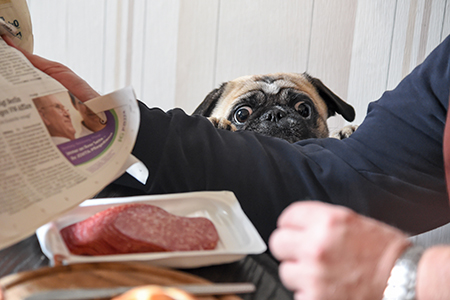 In our society, there is a huge emphasis on weight and all that goes with it. Attaining and maintaining a weight within the range recommended for your age/height range promotes a healthier life in every aspect. Unfortunately, the detrimental effects of obesity are not limited to humans – pets suffer similar risks for health impacts when they are overweight/obese. Obesity can: reduce a pets’ life expectancy by up to 2.5 years; put them at higher risk for surgery; make them more injury prone; increase their susceptibility to Type 2 Diabetes; experience excess strain on their bones, joints and organs; lead to osteoarthritis; increase the risk for high blood pressure, heart and respiratory disease; and escalate potential for development of multiple types of cancer.
In our society, there is a huge emphasis on weight and all that goes with it. Attaining and maintaining a weight within the range recommended for your age/height range promotes a healthier life in every aspect. Unfortunately, the detrimental effects of obesity are not limited to humans – pets suffer similar risks for health impacts when they are overweight/obese. Obesity can: reduce a pets’ life expectancy by up to 2.5 years; put them at higher risk for surgery; make them more injury prone; increase their susceptibility to Type 2 Diabetes; experience excess strain on their bones, joints and organs; lead to osteoarthritis; increase the risk for high blood pressure, heart and respiratory disease; and escalate potential for development of multiple types of cancer.
After reading this blog, you may notice, the same factors that lead to pet obesity, are the same as for humans! So go on a diet together! You both will benefit!
Quick Chubby Check
Similar to rising statistics for obesity among humans, 41.9% nationally in 2021 , it is estimated that approximately 57% of cats and 52% of dogs are overweight or obese. However, statistics also indicate that only about 17% of pet owners recognize that their pet is overweight. If you are unsure if your pet is within a healthy weight range look for these signs:
- You can find handfuls of fat to grab (especially on the stomach and chest areas).
- It’s hard for you to feel distinct ribs, spine or other bones underneath fat.
- The abdomen sags, noticeable most often from the side.
- You see no waistline when observing your dog from above.
Common factors that can lead to obesity include overfeeding, age, breed, gender, thyroid disease, hormonal abnormalities, and inadequate amounts of exercise. Certain breeds of dog are more prone to weight gain, including: Labrador and Golden Retriever, Pugs, Dachsunds, Cocker Spaniel, English Bulldogs, Cairn and Scottish Terriers, Beagles, Rottweilers, Chihuahua, Pit Bulls, Boxers, Basset Hounds, Cavalier King Charles Spaniel, and Dalmatian. A number of cat breeds are also exhibit a higher potential for packing on pounds, including: Sphynx, Birman, Ragamuffin, Exotic, American and British Shorthair, Colorpoint Shorthair, Manx, Peke-Faced and Persian.
If in doubt, have your pet weighed at Whitworth Animal Clinic. It is also recommended to have your pet weighed regularly at their regular check-up. Some weight gain factors we can control, others we can’t. For those we can control, Dr. Whitworth believes that the best treatment for obesity is prevention, so here are his recommendations to keep your pet at a healthy weight.
Diet
The right diet is very important for your pet, especially for dogs and cats that are prone to weight gain. Dr. Whitworth recommends that the best food for weight maintenance or weight loss is one that is low in fat and high in fiber, with emphasis on protein to keep your pet feeling full. If your pet is on a weight loss regimen, adding a proportion of canned food to the kibble can help cut down on the carbs. Whitworth Animal Clinic carries a variety of premium pet foods – one of them is right for your pet.
Portion Control
Manage your dog’s weight by following the guide on pet foods that will suggest a range for the proper amount to feed your pet depending on their size. It is best to start portion size at the lower amount and then determine if more or less food is needed to maintain or lose weight. Often splitting the recommended serving into several small meals fools the pet into thinking they are eating more. Portion control goes hand in hand with weight monitoring, exercise and limiting snacks. Dr. Whitworth is an excellent source to ask about how to manage your dog’s weight.
Skip the Snacks
It’s easy to show affection to our pets by giving them a treat or a table scrap here and there, but we usually don’t realize that each treat or scrap adds a significant amount of calories and fat to their “recommended” portion of regular food. It all adds up quickly, especially for smaller breeds. For example, you may think that giving your dog fancy “gourmet” dog cookies shaped like bones with icing on the ends will show your love – but take a look at the calories and often it is worse than cookies humans eat. Some of these gourmet treats actually contain the exact same ingredients as people cookies!! In reality, treats should account for only 2-3% of your pet’s daily caloric intake.
Manage your dog’s weight by substituting a healthy snack like baby carrots, apple chunks, green beans, a plain sliver of cooked chicken, a smear of peanut butter in a kong chew, or a dab of plain (unsweetened) yogurt or cottage cheese. Cats might enjoy a flake of plain cooked salmon or tuna. Always in very small amounts!! However, non-food “treats” involving interaction – try a few minutes of playtime, take a walk, or just a quick belly rub and kiss – will show your pet just as much adoration and may even be more appreciated
Exercise Pays Off
The theory that to maintain weight one needs to burn off the number of calories consumed, and to lose weight one needs to burn more calories than consumed applies to pets just as it does humans. Suggestions for physical activities for your pet, many of which provide you exercise too, include:
The Walk. Try to maintain a consistent walking schedule and walk at a moderate pace for at least 20 minutes a day.
The Run. Letting your dog run in a safe location, at a dog park, and playing fetch or frisbee are fun ways to help your pet stay healthy.
The Swim (for dogs and that rare cat). Swimming, playing catch by a lake, beach or pool for pet breeds who enjoy the water provides health benefits. Water exercise is also good therapy for older dogs with arthritis or hip problems.
Game Playing. Some pets enjoy a game of chase my human, retrieving balls, or playing with toys that can be thrown, dragged or wrestled with. Cats can get exercise when jumping onto vertical spaces like cat towers, following and swatting at objects like feather poles or laser light beams, even moving food or water bowls to counters.
When to Visit Whitworth Animal Clinic
Each dog or cat has a different body and activity levels, all of which need to be considered when establishing a weight management program. If you think your pet may be overweight, it’s crucial to consult Dr. Whitworth. It is possible that the cause of your pet’s extra pounds due to a medical condition rather than a food intake and calorie expenditure issue. Weight gain can be caused by underlying health conditions, such as: fluid retention from heart disease, tumors or peritonitis in cats; gastrointestinal problems, hypothyroidism, diabetes (which can also cause weight loss) and Cushing’s syndrome. If your pet is injured and unable to expend physical energy, ask Dr. Whitworth what can be done to help prevent weight gain. You will find veterinary diet guide on his website.
We know you care for your beloved pet, so taking the right measures to ensure a healthy weight is important. Eating properly, exercising, and regular visits to Whitworth Animal Clinic will help your pet live their life to its fullest potential.


